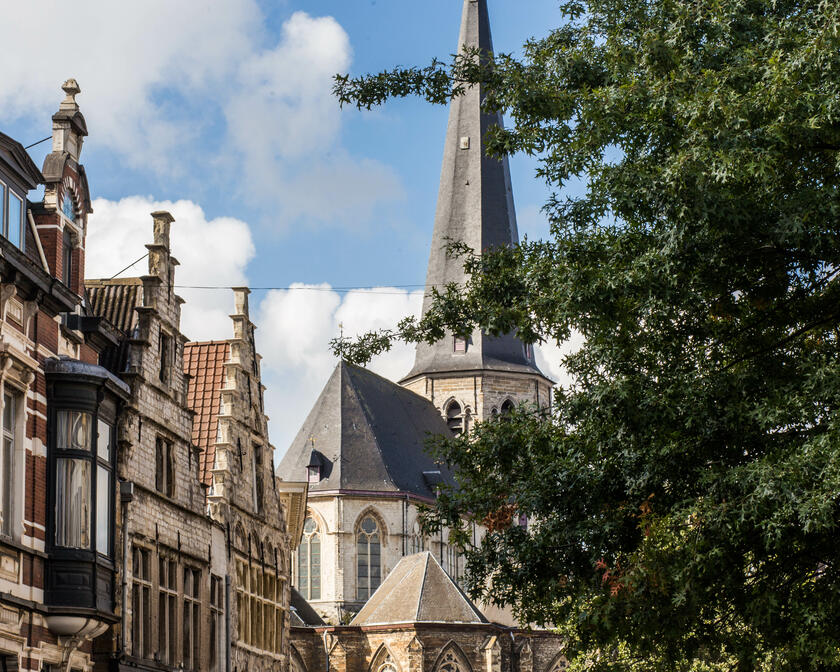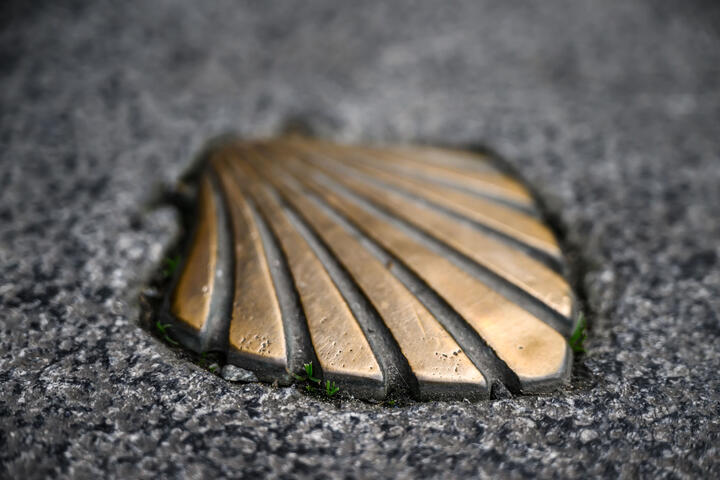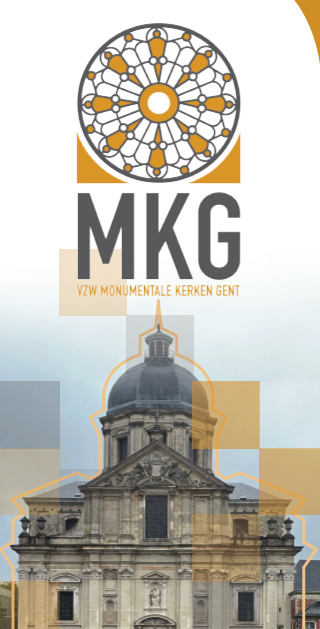St James' Church


Ever since its construction, the church has been a meeting place for local residents and pilgrims on their way to Santiago de Compostela. At the main entrance of the church, a scallop shell has been integrated into one of the flagstones. The scallop shell refers to the apostle Saint James, who is buried in Santiago de Compostela, where these shells used to be abundant. It marks the starting points or the milestones of the pilgrimage to Santiago de Compostela.

The church’s interior is a mixture of Romanesque and Baroque elements and art. The church houses a unique Van Peteghem organ and was a meeting place for the guilds. It also features numerous paintings, as well as the tomb of Jan Palfijn, the inventor of the forceps.
St James’ church is now a church of culture, where activities are organised in a sociocultural context. It is once again a meeting place, centred around art and culture, without forgetting the religious aspect.
The square around it, called Bij Sint-Jacobs, and the Trefpunt café are the true epicentre of the world-famous Ghent Festivities, the annual people’s festival in mid-July which really signals the beginning of summer in Ghent.
The non-profit organisation Monumental Churches of Ghent tries to make the patrimony and cultural heritage of Ghent's central churches accessible to the general public.
Ghent's horizon is characterised by its many churches and their towers. This brochure takes you on a tour of Ghent's nine Monumental Churches. You will discover more about their rich history and the many works of art they house.
Available in 5 different languages: Dutch, French, English, German and Spanish
A paper version of this brochure is also available in the tourist office.
